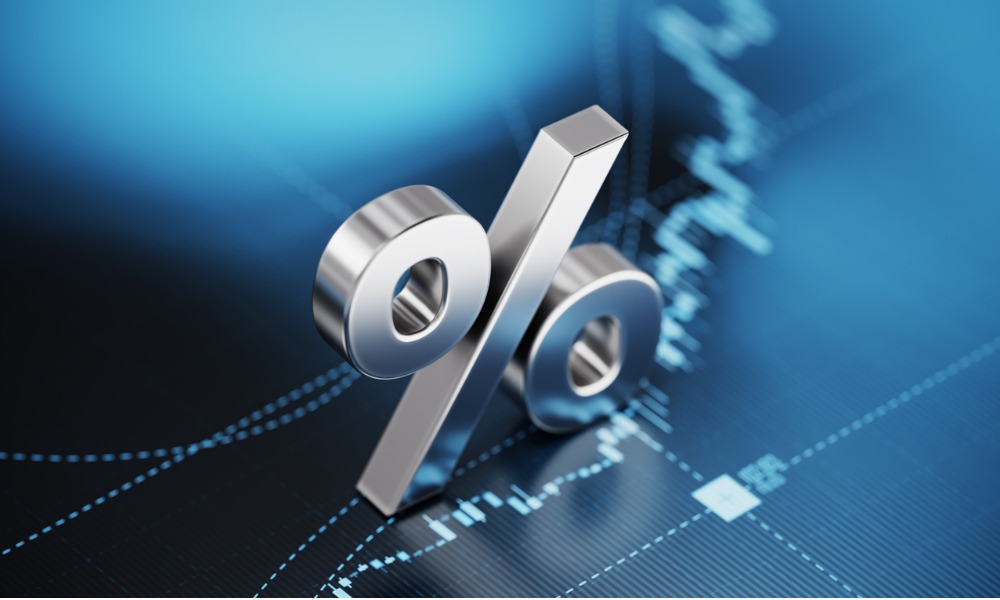Many economists predict at least three more rate rises by September

Economists are increasing their expectations for interest rates, with TD Securities being the latest to predict a 4.85% cash rate in Australia by September.
This forecast implies three more rate hikes of 25 basis points, The Australian reported. While interest rate futures suggest a cash rate peak of nearly 4.6% in November, TD Securities, Goldman Sachs, and Capital Economics are among those predicting a rise to 4.85%.
TD Securities revised its "terminal" rate forecast upward by 25 basis points after strong jobs data last week, according to The Australian. Despite the Reserve Bank of Australia's aggressive rate hikes, the labour market remains robust, which poses a threat of unanchored inflation expectations. Weak productivity and potential wage rises resulting from the Fair Work Commission's decision on minimum and award wages further contribute to these concerns.
The RBA had initially forecast annual wage growth of no more than 4% for the next two years, but the recent decline in productivity growth and strong labour market conditions have raised doubts. The lack of productivity growth, as indicated by the 4.5% year-on-year decline in national accounts data, adds to the complexity of the situation, The Australian reported.
Meanwhile, British CPI data for May showed core inflation accelerating to 7.1% year-on-year after aggressive rate hikes by the Bank of England. The Bank of England is expected to increase the bank rate by another 25 basis points to 4.75 percent, with market pricing suggesting the British policy rate will peak at 6% in February.
TD Securities believes that the strong jobs figures should prompt the RBA to raise rates again in July, followed by another hike in August when CPI data is expected to show elevated core and services inflation. However, an increase in the RBA's population growth assumptions and a tighter labour market may necessitate a higher "neutral" cash rate than previously thought in order to achieve a "restrictive" cash rate, The Australian reported.
Read next: Home sharing on the rise as interest rates bite
The RBA's revised population growth assumptions, along with a surge in overseas net migration, have contributed to increased demand for housing and rising house prices. New housing is not expected to improve in the near term due to higher variable rates impacting building approvals. The established housing market has performed better than expected, leading the RBA to consider asset prices when assessing the outlook for activity and inflation.
A key wildcard for central bankers remains the stock of excess savings accumulated by households during the pandemic. These additional savings, amounting to around 20% of annual disposable income, have supported consumption despite negative wage growth. The speed at which these savings are drawn down will influence the RBA's decision to raise the cash rate further, according to The Australian.
Half-year updates from Australian banks indicate unchanged mortgage offset accounts and increased total deposits, providing the RBA with flexibility to raise the cash rate above 5% if necessary. The extent to which excess savings are utilised will play a significant role in determining future monetary policy actions.
Have something to say about this story? Let us know in the comments below.



